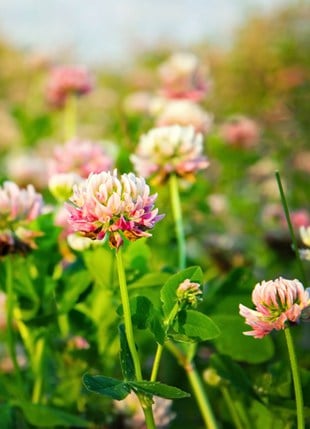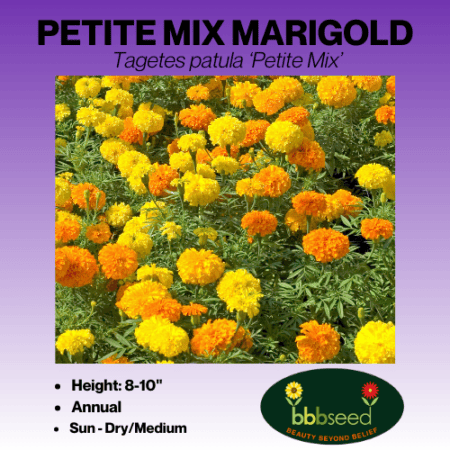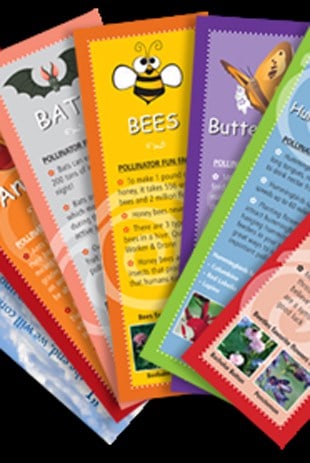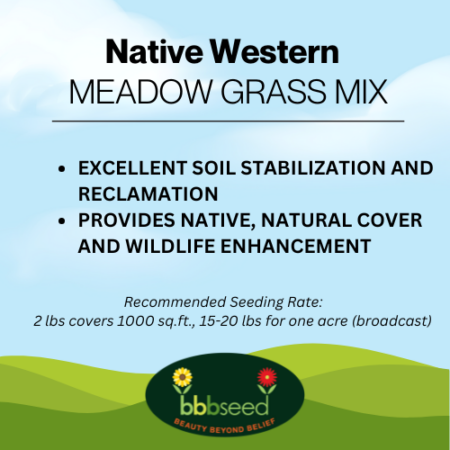Description
Alsike Clover (Trifolium hybridum)
Alsike Clover is a versatile and widely cultivated clover species valued for its contributions to agriculture, forage production, and soil improvement.
Here are some additional details about Alsike Clover:
- Origin and Distribution: Alsike Clover is native to Europe and Asia but has been introduced and widely naturalized in North America. It is now found across a broad range of temperate regions globally.
- Growth Habit: This clover species exhibits a short-lived perennial growth habit. While it doesn’t live as long as some other clover varieties, it is known for its rapid establishment and quick growth during its productive years.
- Adaptability: Alsike Clover demonstrates excellent adaptability to various soil types and environmental conditions. It is notably tolerant of cold temperatures, making it suitable for cultivation in northern regions and at higher elevations.
- Soil Preference: Although it can grow in a range of soil types, Alsike Clover thrives in clay and silty loam soils that retain consistent moisture levels. It is often favored for its ability to improve soil structure and fertility.
- Forage and Grazing: One of its primary uses is as a forage crop for livestock. It is often included in pastures and hayfields due to its palatability and nutritional value. Alsike Clover provides a valuable source of protein for grazing animals.
- Wildlife and Pollinators: Beyond livestock, Alsike Clover attracts pollinators, particularly honeybees and bumblebees, due to its nectar-rich flowers. This makes it a beneficial addition to ecosystems and can support local bee populations.
- Flowering: Alsike Clover typically produces pink to white flowers that grow along the length of its stems. These blooms not only contribute to its visual appeal but also serve as a food source for pollinators.
- Height: Depending on growing conditions, Alsike Clover generally reaches a mature height of 2 to 4 feet.
- Mixing with Grasses: It is commonly sown as part of a mixture with grasses like timothy or brome. This combination helps provide a balanced diet for livestock and contributes to the overall health of pastures.
- Soil Stabilization: In addition to its agricultural applications, Alsike Clover can be used for soil stabilization and erosion control. Its root system helps bind soil particles together, preventing erosion.
- Seeding Depth: When planting Alsike Clover, the recommended seeding depth is typically 1/8 to 1/4 inch. Proper seeding depth is crucial for successful establishment.
In summary, Alsike Clover is a versatile plant with a range of agricultural and ecological benefits. Its adaptability, ability to attract pollinators, and capacity for improving soil quality make it a valuable choice for farmers, land managers, and conservationists in various regions.
Here is a bit more information on cover crops and some notes from the CSU master gardeners.
Seeding rate:
Color: pink to white blooms
Height: 2-4 feet
Type: Perennial
Climate: Sun – Med/Moist
Seeds/lb.: 680,000
Rate: 1/8 lb per 1000 sq ft. or .75 lbs per acre in a mix, 2-4 lbs. per acre single species
Bloom Time: Spring-Early Summer
Zones: 3- 7










Reviews
There are no reviews yet.